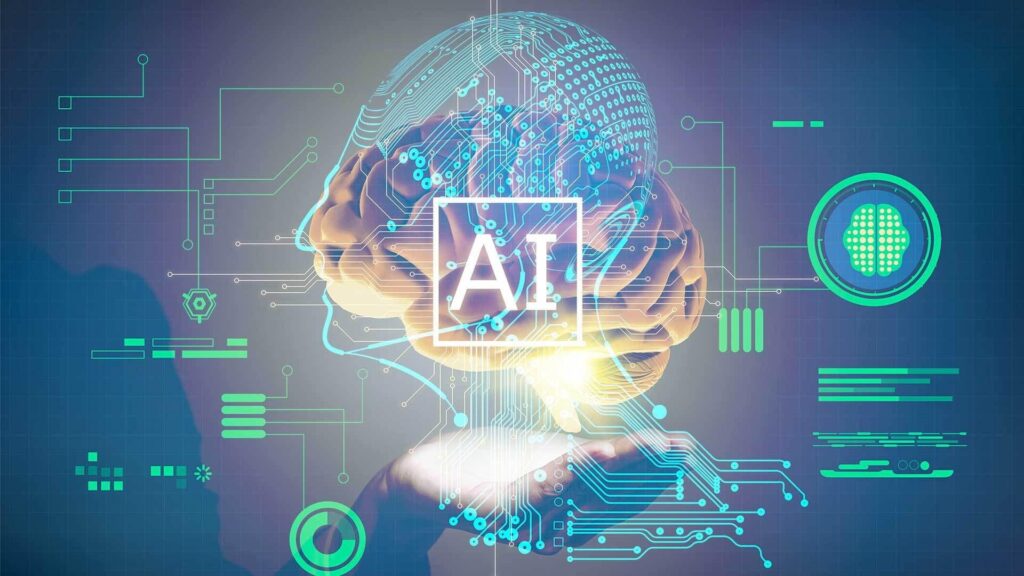The Hidden Truth About Financial Services Technology Trends in 2025
Financial Services Technology Trends are altering the industry faster than ever before. Fintech firms’ market capitalization has doubled to $550 billion since 2019. Digital banking services now attract 71% of consumers, and the sector boasts over 272 fintech unicorns. These companies command a collective value of $936 billion—a remarkable jump from just 39 firms five years ago. The numbers tell an impressive story, yet reality proves more complex. Banking technology trends present both opportunities and challenges that need careful consideration. The live payments market currently stands at $17.57 billion and experts project a robust 30.9% annual growth through 2030. Generative AI could add up to $340 billion to the banking sector’s value. These changes signal a revolution that extends way beyond basic digitization. This piece uncovers essential truths about fintech trends that will shape your business decisions. From security concerns to implementation challenges, you’ll find the insights needed to prepare for tomorrow’s technological evolution. The Current State of Financial Technology AI and Machine Learning are revolutionizing how financial institutions operate. These technologies power everything from individual-specific product recommendations to immediate fraud detection. Financial services have become more secure and efficient because of these advances. The best fashion is the one that you don’t have to throw away. Key innovations shaping finance Open banking APIs have become a game-changer that enables fintech companies to create integrated solutions for budgeting and account aggregation. Cloud computing has proven essential for financial institutions to reduce costs and combine operations smoothly. Biometric authentication and advanced cybersecurity measures have deepened the security framework of digital financial services. Blockchain technology and distributed ledger systems now extend beyond cryptocurrencies. These systems excel in supply chain management and real estate transactions. Smart contracts have streamlined traditional processes and reduced the need for intermediaries. Market size and growth numbers The financial technology sector shows remarkable potential. Publicly traded fintechs represented a market capitalization of $550 billion in 2023. The industry now has 272 fintech unicorns with a combined valuation of $936 billion. This marks a dramatic rise from just 39 firms valued at $1 billion five years ago. The industry’s future looks promising. Fintech revenues should grow almost three times faster than traditional banking between 2022 and 2028. Traditional banking expects 6% annual growth, while fintech could achieve 15% yearly revenue expansion. The global fintech market should reach $686.85 billion by 2030. Major players and their influence Stripe guides the fintech world with a $95 billion valuation and dominates online payment processing. Klarna, valued at $31 billion, has transformed retail payments with its “buy now, pay later” model. Emerging markets show strong fintech adoption rates. Nubank serves 46% of Brazil’s adult population – twice its reach from two years ago. B2B segments have proven resilient, especially in Banking-as-a-Service and SME value-added services. Payment sector dominates with 25% of cumulative equity funding ($120 billion) since 2000. B2B2X services continue to rise and should grow at a 25% CAGR. These services could reach $440 billion in annual revenues by 2030. Hidden Challenges Behind Digital Finance Digital finance looks glossy from outside, but its digital world hides complex challenges that nobody talks about. Financial institutions rush toward digital transformation, and this creates several problems that need immediate attention Security risks nobody talks about The sort of thing I love about financial technology is how cybersecurity threats have reached alarming levels. Attacks against financial institutions soared by 238% in early 2020. Blockchain technology offers better security features, but malicious actors keep finding new ways to exploit system vulnerabilities. Data breaches in the financial sector cost $5.72 million on average. This number barely shows the real picture. Identity theft has become smarter, and thieves stole $16 billion from 15.4 million consumers through identity theft alone. “Crime as a Service” (CaaS) poses a hidden threat where hackers optimize their operations. They sell stolen information repeatedly to multiple buyers. The core team at 66% of compromised suppliers either don’t know about breaches or don’t report them. Financial services face new risks as Internet of Things (IoT) grows. Every connected device opens a door for attackers to breach data. Financial institutions use strong security measures, yet sophisticated phishing campaigns succeed 90% of the time as the original attack vector. The real cost of implementation Budget-friendly fintech solutions cost way beyond their original development costs. Companies just need to follow rules like KYC, AML, PCI DSS, and CCPA. Non-compliance penalties reach $250,000 per AML violation and $7,500 per customer record for CCPA violations. Recent data shows companies need these to get certifications: External auditor charges Consultant and senior staff employment Legal fees Staff training programs Architecture rebuilding costs Annual renewal fees Periodic audits and penetration testing Companies take eighteen months to three years to implement everything properly. This timeline depends on their existing resources and organizational maturity. AI-powered features like fraud detection systems add $10,000 to $50,000 to development budgets. Blockchain integration costs can reach between $30,000 to $100,000. Cloud infrastructure eats up much of the ongoing expense to maintain bank-grade security. These costs aren’t optional extras – they protect assets and reputation. US companies lose $9.48 million on average from a single data breach. This makes proactive security measures a vital financial investment. The Human Side of Fintech Evolution Technology reshapes traditional roles and creates new opportunities in the financial services workforce. BT’s recent announcement to reduce 40,000-55,000 jobs by 2030 highlights this transformation. Job roles at risk AI systems steadily replace data entry positions and simple customer support functions. Tasks with routine transaction processing and standard risk assessments face immediate automation. Bank tellers, once the life-blood of banking services, now find fewer opportunities with only 16,000 full-time positions available. Digital solutions have become the main service channel, which reduces branch-based roles. Banks have closed thousands of branches across the U.S. and Europe. Robo-advisors now compete with traditional investment advisory roles by offering automated portfolio management services at lower costs. New skills needed Financial professionals must develop diverse skills to succeed in this changing landscape. Data analysis has become vital, along with expertise in: AI management and machine learning Cybersecurity and compliance frameworks API development and cloud computing Cross-functional collaboration skills Soft skills matter just as much, and adaptability has become a priority
The Hidden Truth About Financial Services Technology Trends in 2025 Read More »






